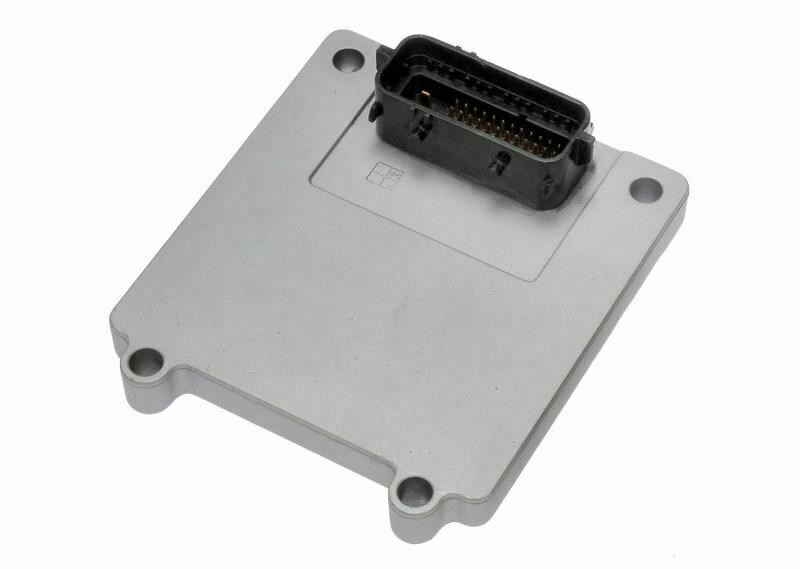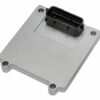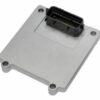Restore Your Buick’s Smooth, Reliable Performance
Experiencing harsh shifts, erratic gear changes, or a check engine light in your 2005 Buick Rainier? A failing Transmission Control Module (TCM) can disrupt your vehicle’s performance and leave you feeling stranded. Our Programmed 2005 Buick Rainier TCM is the direct-fit solution to restore the smooth, reliable shifting you expect from your Buick, getting you back on the road with confidence.
Common Symptoms & Your Solution
If your vehicle is exhibiting any of the following symptoms, a faulty TCM is the likely culprit:
- Check Engine Light is on with transmission-related codes (e.g., P0700, P0751, P0756)
- Harsh, delayed, or erratic shifting between gears
- Vehicle gets stuck in one gear (often called “limp mode”)
- Failure to shift into or out of gear
- Noticeable decrease in fuel economy
This isn’t just a replacement part; it’s a complete, hassle-free solution. We handle the complex programming for you. By flashing this module with the latest GM software updates and coding it specifically to your vehicle’s VIN, we eliminate the need for an expensive trip to the dealership. This module arrives ready for a straightforward installation, making it the definitive fix for your transmission troubles.
Features & Benefits
- ✔ Plug & Drive Installation: Arrives pre-programmed to your specific VIN. No additional dealership programming or calibration is required.
- ✔ Updated GM Software: Flashed with the latest software to correct known factory flaws and improve transmission performance and longevity.
- ✔ Guaranteed Compatibility: A direct-fit replacement for OEM part numbers like YKTF, 24223112, 24226863, 24233595, 24234189, and 24239427, ensuring a perfect match for your vehicle.
- ✔ Restored Drivability: Eliminates common transmission issues like hard shifting, hesitation, and error codes, restoring your vehicle’s original smooth operation.
- ✔ Peace of Mind: This unit is backed by our one-year replacement warranty.
Expert Insight: The Critical Role of VIN Programming
From over 20 years in diagnostics, I’ve seen countless transmission issues caused by mismatched or unprogrammed modules. A generic TCM from a parts store simply won’t work; it can cause more problems than it solves. VIN-specific programming is non-negotiable. It ensures the module communicates perfectly with your Rainier’s engine computer and other systems, just as the factory intended. This crucial step is the difference between a temporary fix and a lasting, reliable repair.
Frequently Asked Questions
Do I need to get this TCM programmed by a dealer?
No. This module comes fully programmed to your vehicle’s VIN. It is ready to install right out of the box, saving you time and the high cost of dealership programming.
How do I provide my VIN?
After placing your order, simply send us a message with your 17-digit Vehicle Identification Number (VIN). We must have your VIN to program the module before we can ship your order.
Is this the correct part for my vehicle?
This Programmed 2005 Buick Rainier TCM is a direct fit for the 2005 model. It is also compatible with a wide range of other 2005 GM vehicles as listed in the fitment guide. To be certain, please cross-reference the part number from your original module with the numbers provided in this listing.
What happens if I install an unprogrammed TCM?
Installing an unprogrammed TCM will not work. The module will not be able to communicate with your vehicle’s other computers, which can lead to a no-start condition, severe transmission malfunctions, and active warning lights. Our pre-programming service is essential for proper function.
What common error codes does this part fix?
A faulty TCM can trigger a variety of Diagnostic Trouble Codes (DTCs). It most commonly resolves a P0700 code (Transmission Control System Malfunction) and can also fix specific solenoid performance codes like P0751, P0756, P0761, and others related to shift control.
Where is the TCM located on my 2005 Rainier?
On the 2005 Buick Rainier, the Transmission Control Module (TCM) is typically located in the engine compartment on the driver’s side (LH side). Always consult a service manual for your specific vehicle to confirm the exact location before beginning work.


